
2024 Dana Grant Report: Exploring Continuity and Transition in Southern Jordan
Jennifer Ramsay, SUNY Brockport; Björn Anderson, University of Iowa; and Craig A. Harvey, University of Alberta
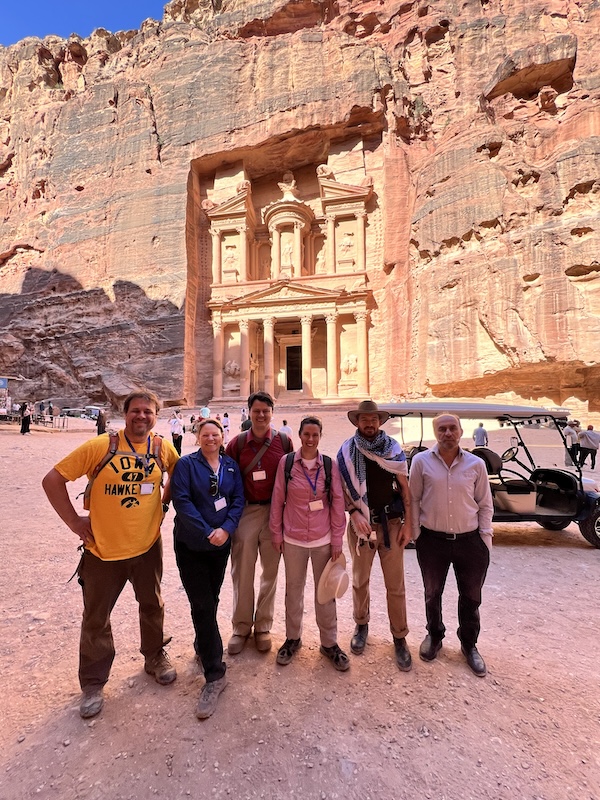
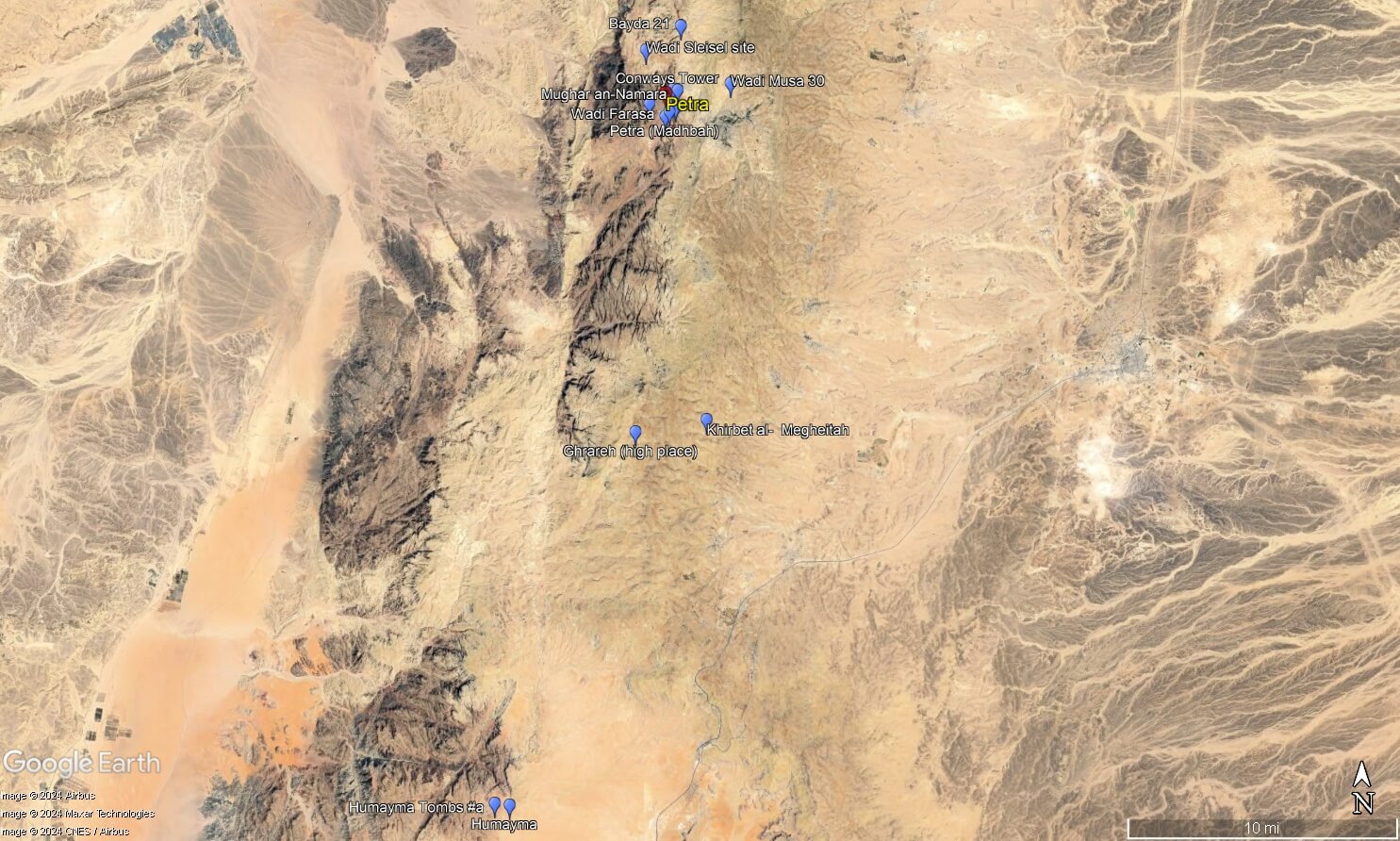
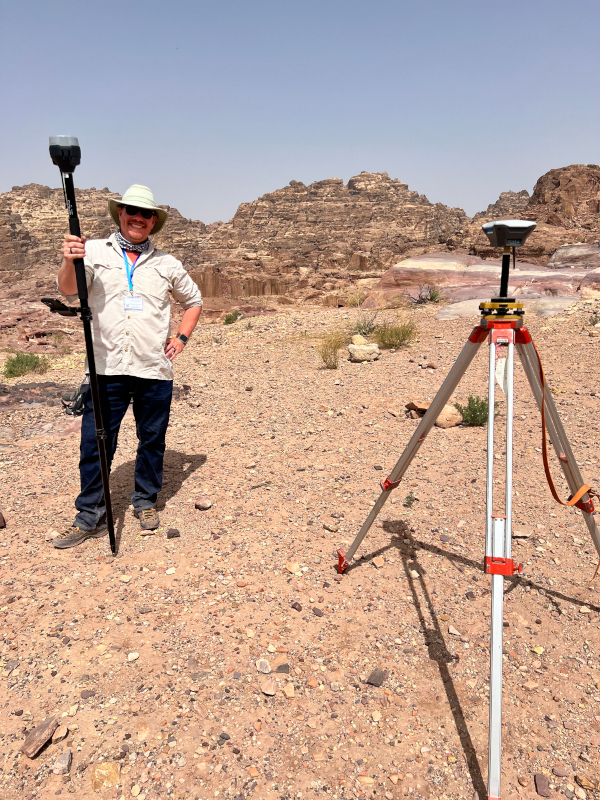
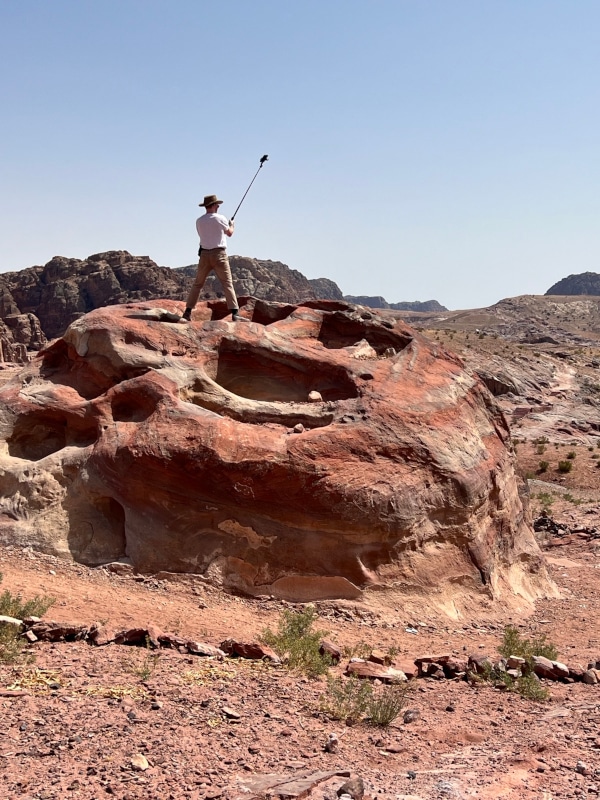
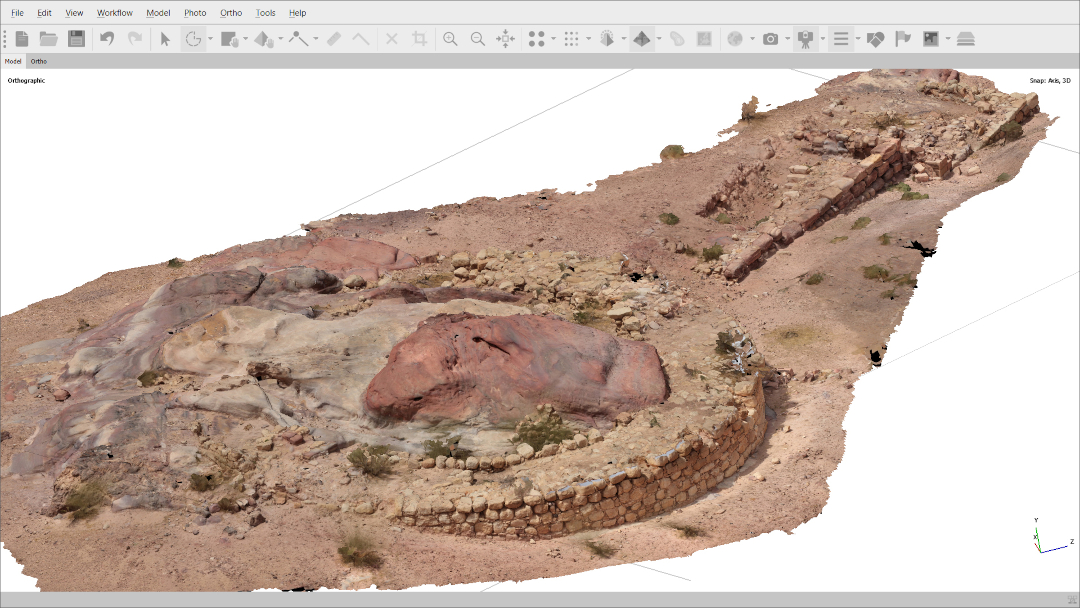
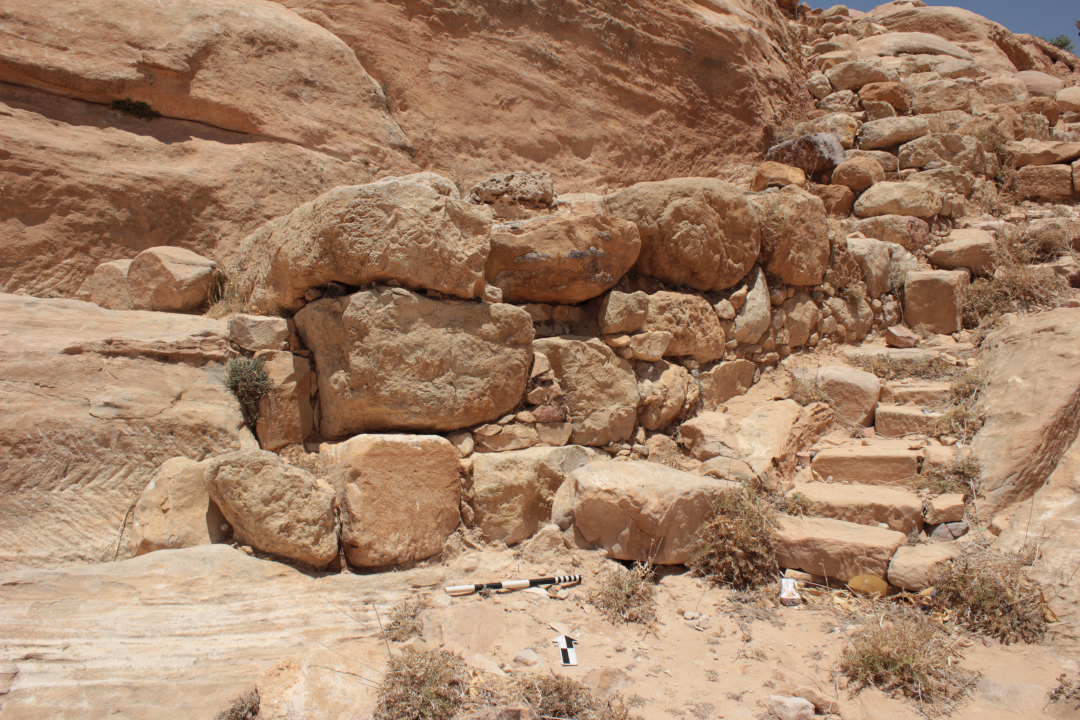
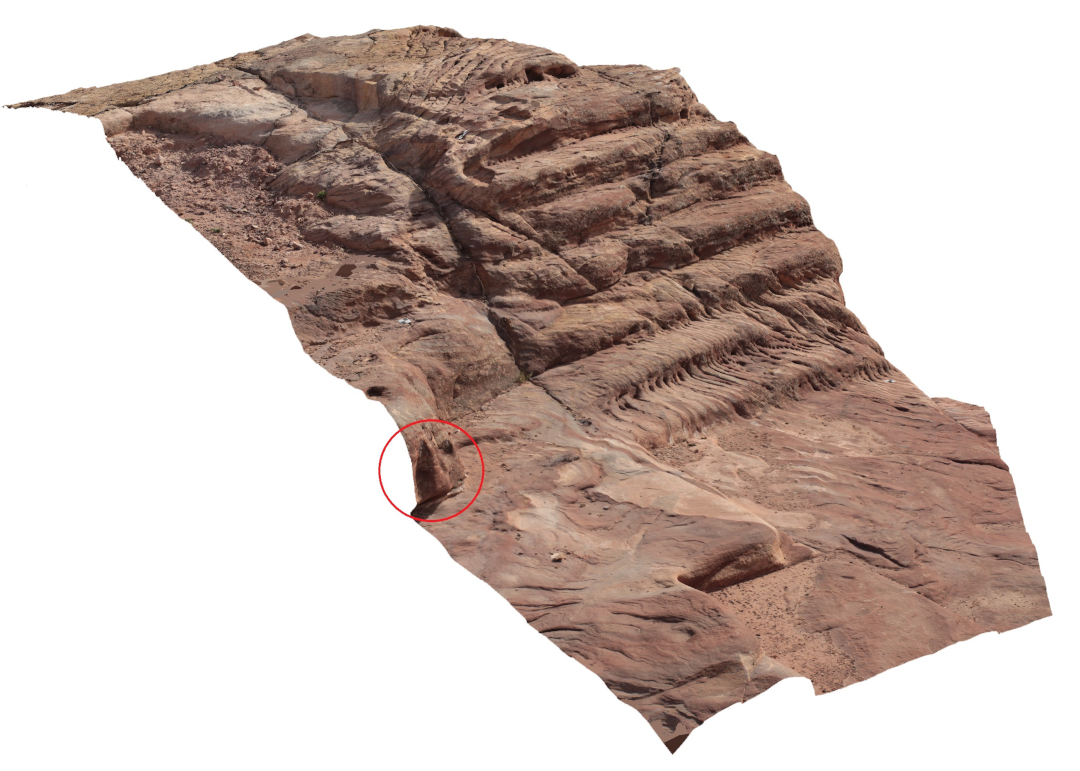

Jennifer Ramsay, SUNY Brockport; Björn Anderson, University of Iowa; and Craig A. Harvey, University of Alberta






